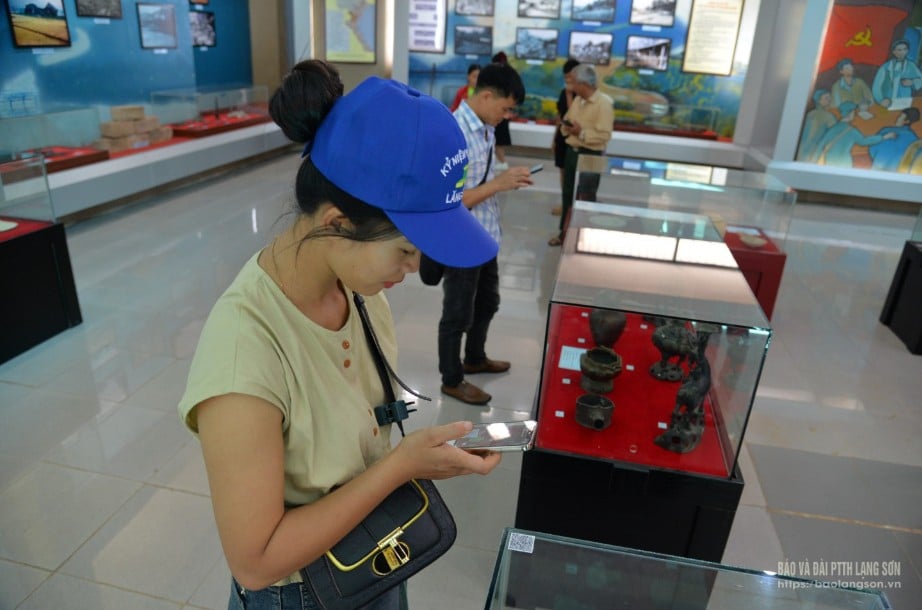
In December 2021, the Government issued Decision 2026/QD-TTg approving the Program for digitizing Vietnam's heritage for the period 2021-2030. The Decision sets the goal: 100% of tangible and intangible cultural heritages and documentary heritages recognized by UNESCO; special national relics; national treasures... must be digitized and applied on digital platforms.
Implementing the above policy, along with other localities in the country, Lang Son province has implemented many solutions. Mr. Luu Ba Mac, Deputy Director of the Department of Culture, Sports and Tourism (DOCST) said: Implementing the heritage digitization program, in the past time, the provincial Department of Culture, Sports and Tourism has developed a specific plan for implementation each year focusing on contents such as: digitizing heritage records, digitizing at relic sites, museums... As a result, from 2022 to present, the Department of Culture, Sports and Tourism has coordinated with relevant units to digitize the entire cultural heritage database in the province with 3,440 artifacts, documents, and materials fully updated on the software. On the cultural heritage management software system, 1,390 heritage records with a total of 137,052 pages have been digitized. At the same time, the department has established an intangible cultural heritage database that stores about 60 films and nearly 5,000 documentary photos on intangible culture. These databases are valuable resources for the development of the province's smart tourism system.
Notably, the Provincial Museum has now implemented QR codes for over 200 original artifacts in the exhibition hall. Digitizing artifacts not only helps in the management and protection of documents and artifacts; but also creates a simulated information board stored on the computer memory system. From there, it helps attract a large number of visitors to research and learn information.
Ms. Nguyen Thi Thanh, Dong Mo town, Chi Lang district said: With just a smartphone, using a simple QR code scan, I had a new experience when visiting the museum. I find scanning the QR code very convenient, all information about the artifacts at the Museum has been digitized, vividly introduced, helping me easily find information without needing a tour guide.
Currently, the Provincial Museum is preserving and managing over 75,000 documents and artifacts. Of these, nearly 12,800 original documents and artifacts have been scientifically inventoried and entered into the management system using the software "Artifact Information Management" on cyberspace.
Mr. Nong Duc Kien, Director of the Provincial Museum, said: Along with the management and installation of QR codes for original documents, the Provincial Museum is also building a 3D museum and creating explanations for 250 artifacts. Thereby, in order to bring diverse and rich experiences, helping visitors approach cultural heritage in a new and attractive way. In the coming time, in addition to promoting the digitization of artifacts, we will also continue to advise on the good implementation of the 3D museum project with the aim of helping visitors learn more thoroughly and deeply about the artifacts on display in the museum.
In addition to digitizing artifacts, documents, and heritage records, from 2022 to present, the Department of Culture, Sports and Tourism has also coordinated with the Provincial Youth Union to select historical documents, synthesize explanatory articles converted into digital data, and integrate them into QR codes equipped for more than 30 relic sites in the province. All information encoded in the QR code is guaranteed to be accurate, with inspection and appraisal by the relic management boards of districts and cities.
Ms. Hoang Thuy Ninh, Deputy Head of the Department of Culture, Science and Information of Lang Son city, said: In order to enhance the discovery experience for tourists, the city has built an automatic explanation model with 360 technology at Nhi Thanh - Tam Thanh relic site, To Thi mountain, and Mac Dynasty Citadel. In particular, we have also coordinated to complete the digitalization of 8 tourist attractions, bringing the total number of digitized tourist attractions in the city to 11. This helps visitors easily access detailed information about the relic with just a simple scan on their smartphones.
Thus, applying information technology and gradually transforming digitally is the most effective tool to maintain, preserve, promote and enhance the values of heritage and relics, contributing to the development of culture and tourism of the province. At the same time, it helps visitors have more interesting and emotional experiences every time they come to Lang Son.
Source: https://baolangson.vn/tao-suc-song-moi-cho-di-san-5047655.html


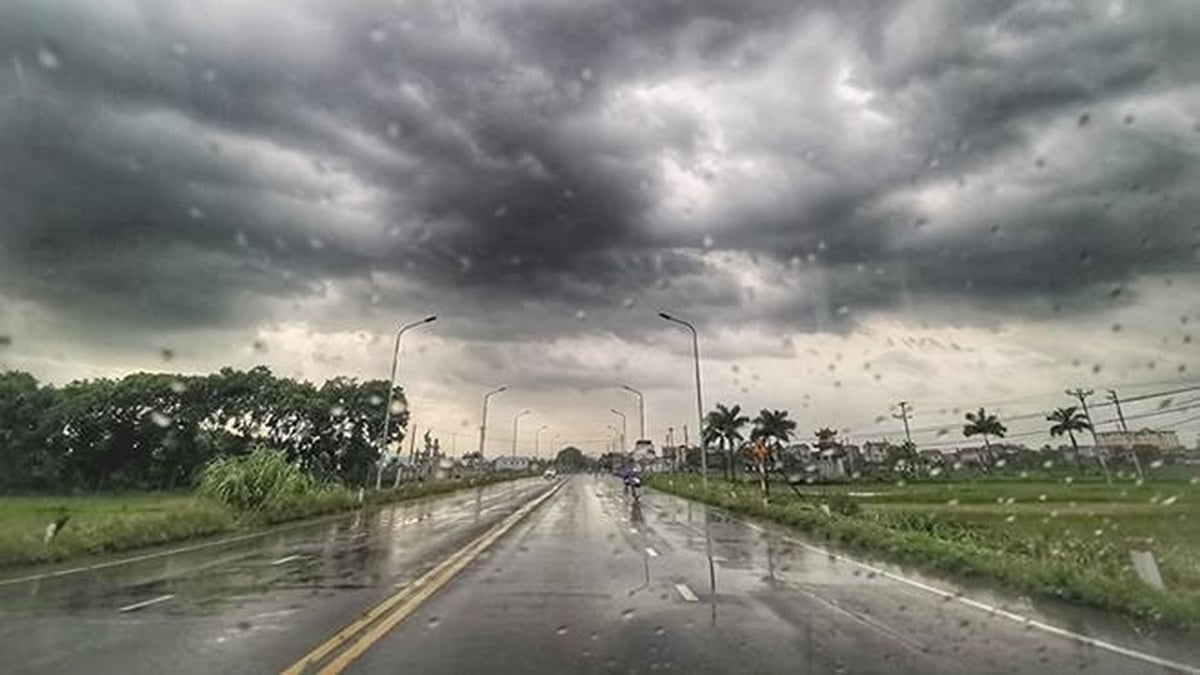
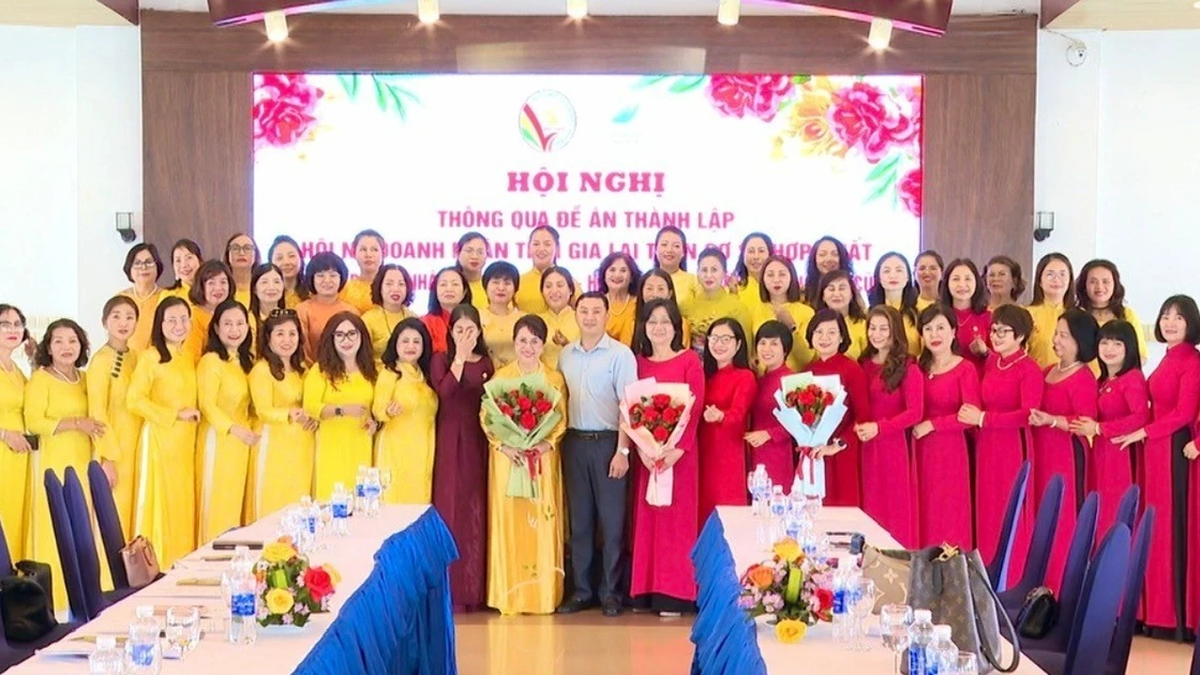

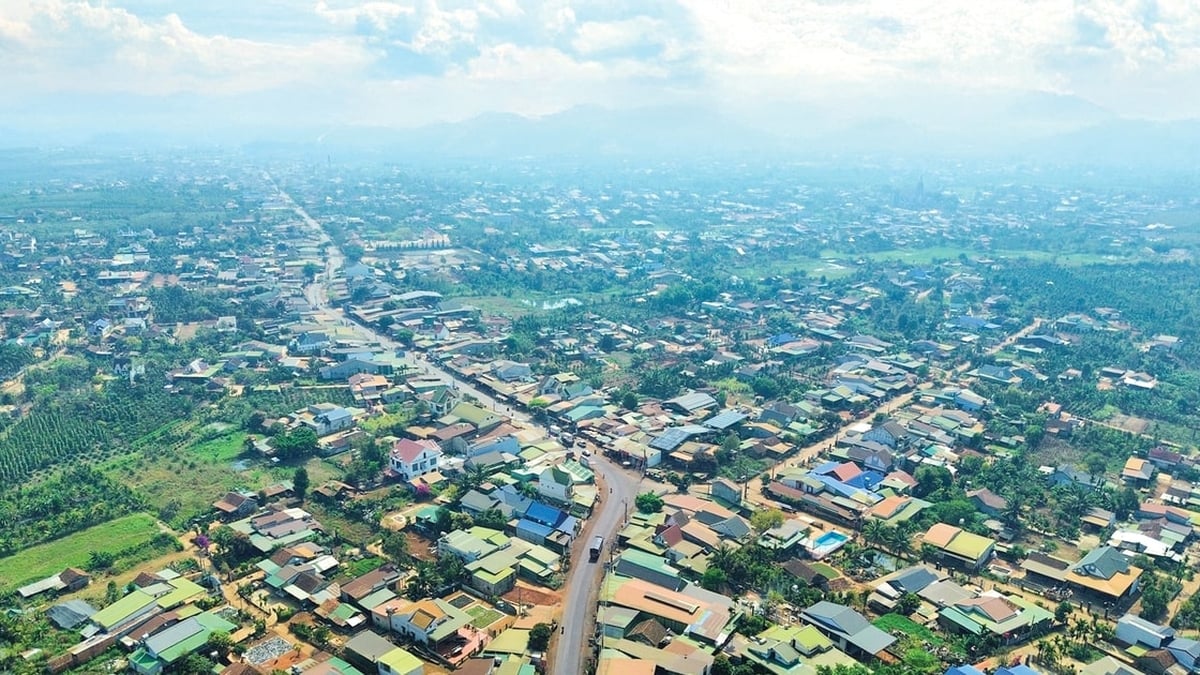


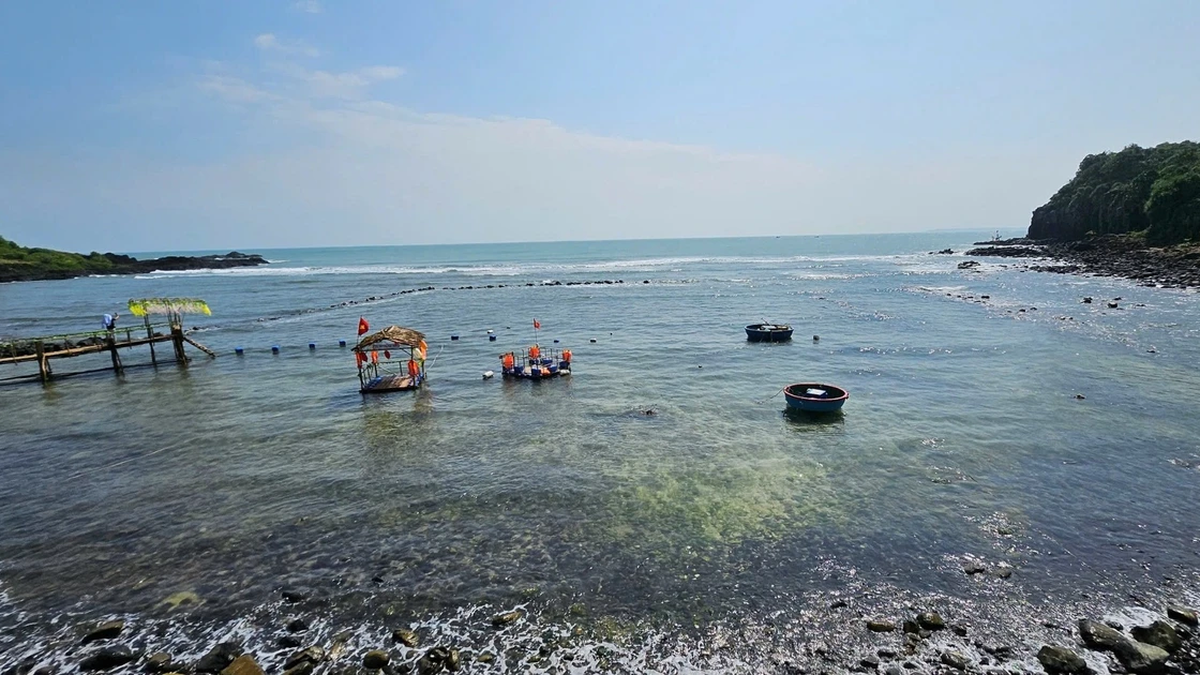
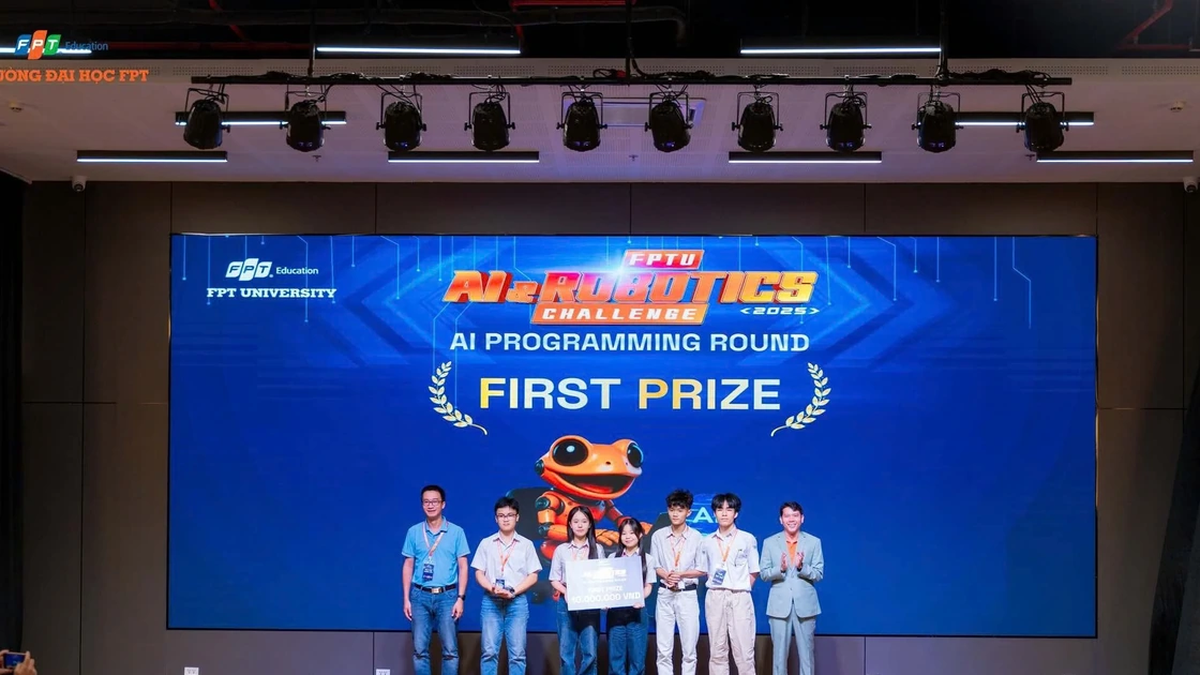




















































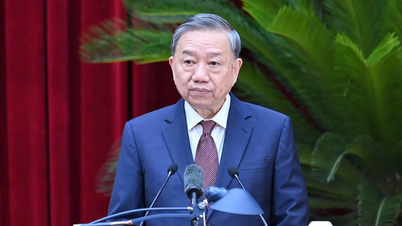
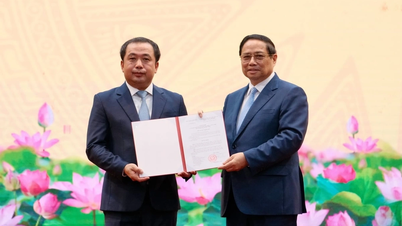
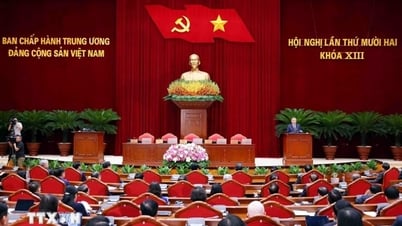




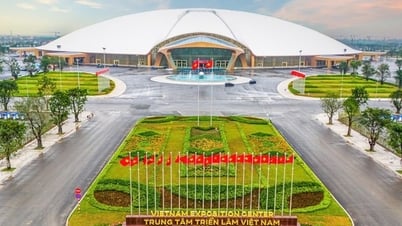
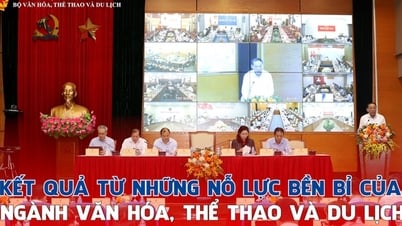
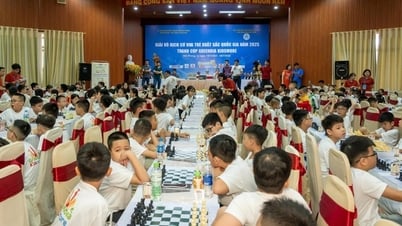
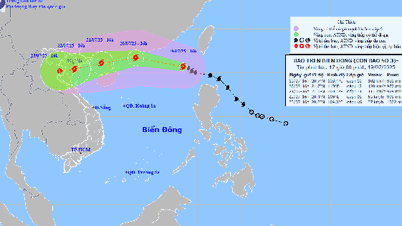

























Comment (0)